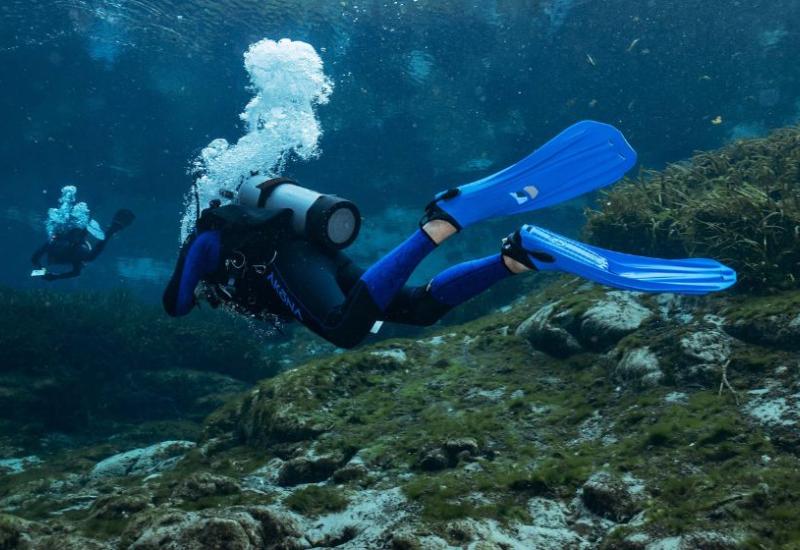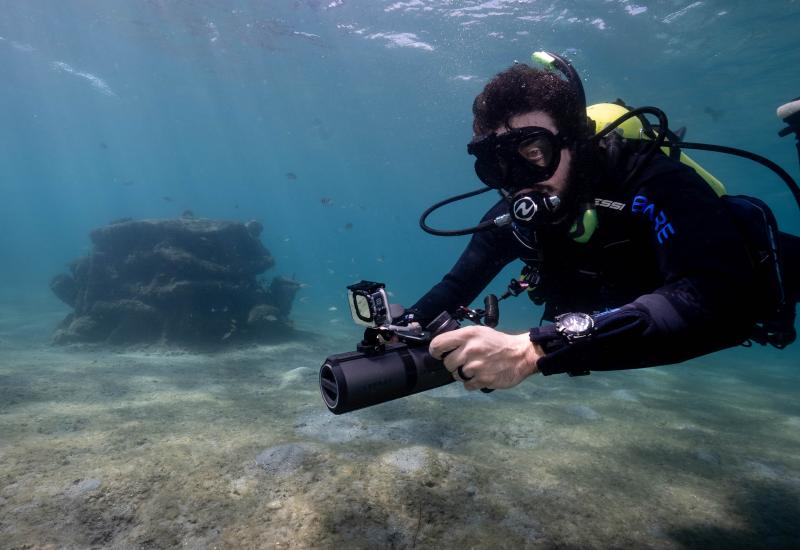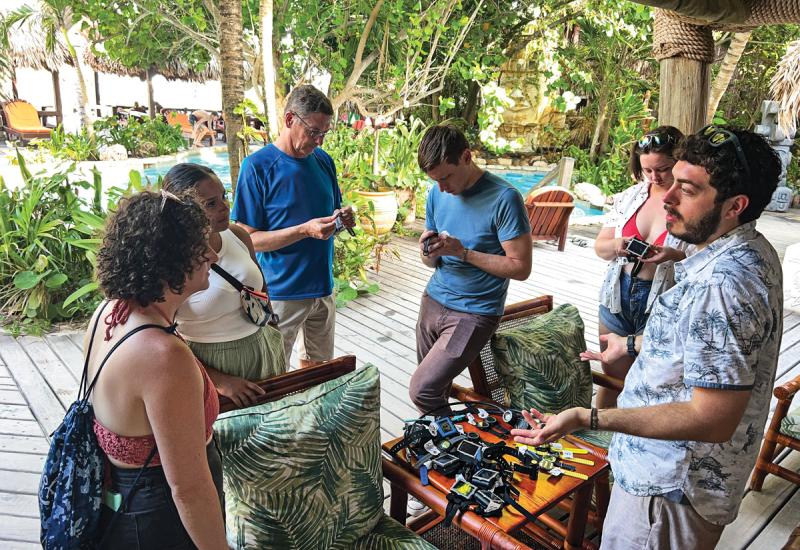60:Second ScubaLab - Pocket Weights

Pocket Weights are the first and only ballast product designed specifically to fit weight-integrated BCs, providing secure one-hand insertion and removal from both modular pouches and fixed weight pockets. The rectangular design will fit virtually every weight-integrated BC on the market, with a subtle curve that matches body contours to enhance comfort and streamlining. A plastic coating reduces friction – and the chance of damage from accidental dropping. The integrated handle facilitates loading and unloading, and is large enough to accommodate fingers when wearing 7mm gloves. Weights are available in sizes from 4 to 10 pounds.










